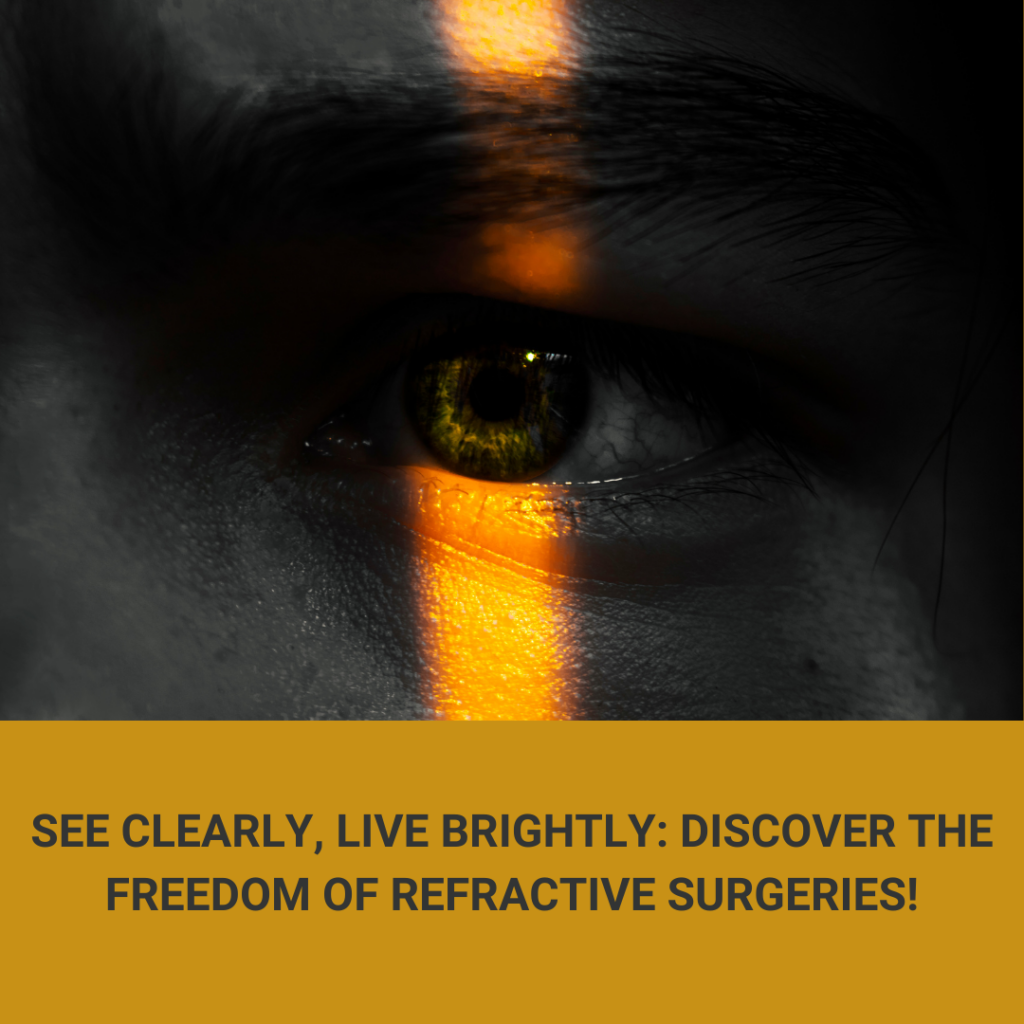Vision correction can be a life-changing experience. Among various treatments, squint surgery stands out for fixing misaligned eyes. It's pivotal to grasp everything about this surgery, from its aims to its outcomes, ensuring you make informed decisions.
Understanding Squint: What You Need to Know
Squint, often termed as strabismus, affects eye alignment. Imagine not being able to get both eyes to focus on the same spot. It can vary; some eyes turn inward, outward, up, or down. These misalignments can stem from muscle issues around the eyes, nerve problems, or even conditions present at birth. Sometimes, an injury might cause it.
Having a squint impacts vision significantly. Imagine trying to look at a scene with one eye focusing ahead while the other looks at a different angle. It can cause double vision or even lazy eye in kids. These challenges, in turn, affect day-to-day activities. For children, it might affect their focus in school. Adults could find driving or reading challenging. Understanding these impacts is vital because they underscore why many opt for surgical intervention. Correcting the squint not only helps vision but boosts overall life quality.
The Need for Squint Surgery
Before leaping into squint surgery, there are non-surgical options to think about. Some people benefit from glasses or special eye exercises. In certain cases, eye patches can help kids. However, sometimes these aren't enough, especially if the misalignment is severe.
For both adults and children, key signs indicate surgery. If one eye consistently turns away or vision troubles persist despite glasses, it might be time. Untreated squints can carry an emotional load. Kids might face teasing at school. Adults can feel self-conscious in social settings, potentially withdrawing. Squint surgery for adults or kids alleviates both visual and social challenges, giving a confidence boost.
Preparing for Squint Surgery: A Step-by-Step Guide
Preparation matters. Before surgery, expect to have discussions with your doctor. They'll perform some eye tests and possibly take measurements. It's a bit like sizing new glasses but for surgery.
Discuss anesthesia, as it's part of the plan. Often, children get general anesthesia, sleeping through the procedure. Adults might have different options, based on comfort.
The surgical journey has its steps: - Pre-surgery: Expect detailed conversations and paperwork. - During surgery: A specialist adjusts the eye muscles, aligning them neatly. - Post-surgery: Relax in recovery, with nurses checking on you.
Addressing fears is natural. Remember, pediatric squint surgery and adult surgeries boast high-success rates. Understanding these steps can ease apprehensions and guide you positively through the process.
Recovering After Squint Surgery
Post-surgery, what's next? Ow, it feels achy. That's normal. Maybe your eyes water a bit. Be gentle. Healing takes time.
For pain, your doctor might suggest mild meds. They help, and so does keeping eyes clean.
Be mindful about activities. Avoid heavy lifting or splashes in the eyes. These can hamper recovery.
Plan follow-up visits with the surgeon. They check progress and accuracy. Simple tip? Stick to the doctor's advice. Being cautious post-surgery ensures seamless recovery and a path to visual clarity.
Weighing Risks: Potential Complications of Squint Surgery
Every surgery, squint surgery included, has risks. Some might feel mild eye discomfort, while others could experience temporary double vision. These are generally short-lived.
Rarely, complications occur. These can include infection or incomplete correction, needing further procedures. Understanding these risks helps you make good decisions. Informed choices go a long way to ensure peace of mind.
Evaluating Success Rates and Outcomes
Success in squint surgery for adults depends on certain factors. The degree of squint, age, and health significantly influence outcomes.
Set realistic expectations. Some might need glasses even after surgery. Others might require additional minor adjustments down the road. The goal is to align the eyes, not just cosmetically but functionally, enhancing vision quality.
Adjusting to Life with Corrected Vision
Post-surgery, the world looks different. Everything sharpens. Navigating daily tasks with aligned eyes boosts both confidence and functionality.
Initially, devices and spaces feel different. Adjustments occur as depth perception settles. Gradually, eyes adapt and respond intuitively.
Maintaining good eye health remains crucial. Continue with regular check-ups and eye exercises. It ensures long-term benefits from benefits of squint surgery.
Selecting the Right Surgeon: Questions to Ask
Selecting a specialist matters. Look for experience in pediatric squint surgery or adult procedures.
Always ask vital questions: - What experience does the surgeon have? - What results should you expect? - Are there alternative treatments?
These discussions foster trust, ensuring you're comfortable through the journey.
Conclusion: The Path to Improved Vision
Choosing squint surgery marks a positive step towards enhancing vision and improving life quality. Reflect on these insights. Consult with professionals, as it's key to making empowered, informed choices. Embrace the path with optimism and hope, knowing a clearer vision awaits.
Enhance Your Vision with Squint Surgery at Om Netra Kendra and Laser Vision
Choosing squint surgery is a crucial step towards clearer vision and improved quality of life. At Om Netra Kendra and Laser Vision, our team of experts is here to guide you through making informed and empowered decisions.
Book your consultation today and step into a future with improved vision and renewed hope!




